To celebrate its centenary, Forestry England is encouraging people to discover and celebrate its woodlands' wildlife with a new citizen science survey.
The Big Forest Find aims to collect data from forests across the country and provide experts with the information needed to manage the land.
"Forests are an amazing environment to see and hear wildlife," says wildlife TV presenter Michaela Strachan. "From birds nesting, finding food and hunting in the canopy, to the abundance of insects living on the forest floor. There's usually way more life living in a forest than is noticeable at first glance."
A series of events across the year are planned at Forestry England locations, where people can learn from experts and take part in activities such as surveying for nocturnal wildlife and bug hunting.
People are also being encourage to visit the forests outside of the events, and to submit data to the citizen science project through the free app iNaturalist.
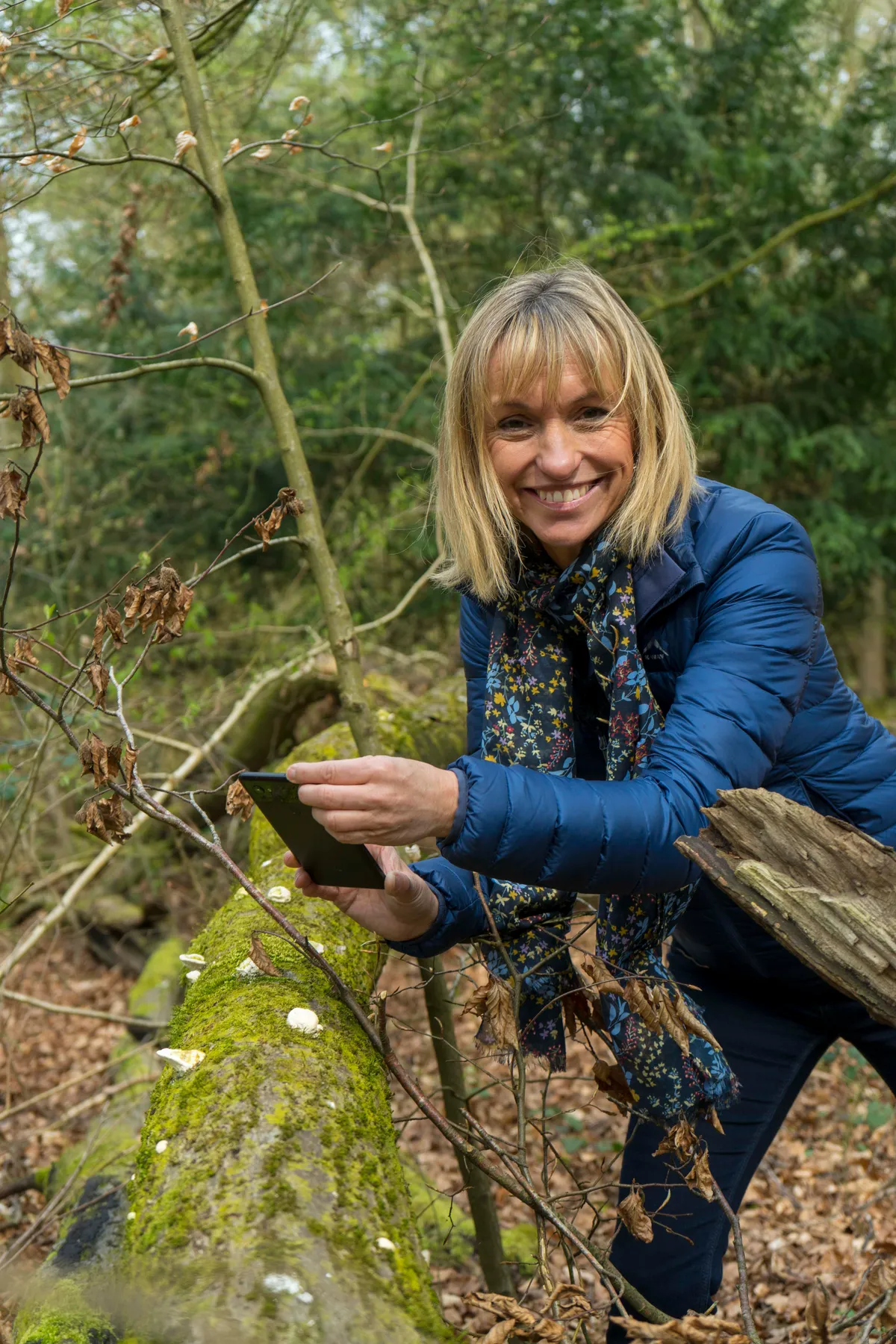
The app is able to analyse a photograph of wildlife and suggest which species it might be, and the data is verified later by experts.
“The Big Forest Find is a fantastic opportunity for people to get out and explore, and help us discover even more about the animals, insects and plant life in our forests," says Forestry England ecologist Molly Gorman. "These records are so important in the face of a changing climate, and will help shape how we look after our woodlands for decades to come.”
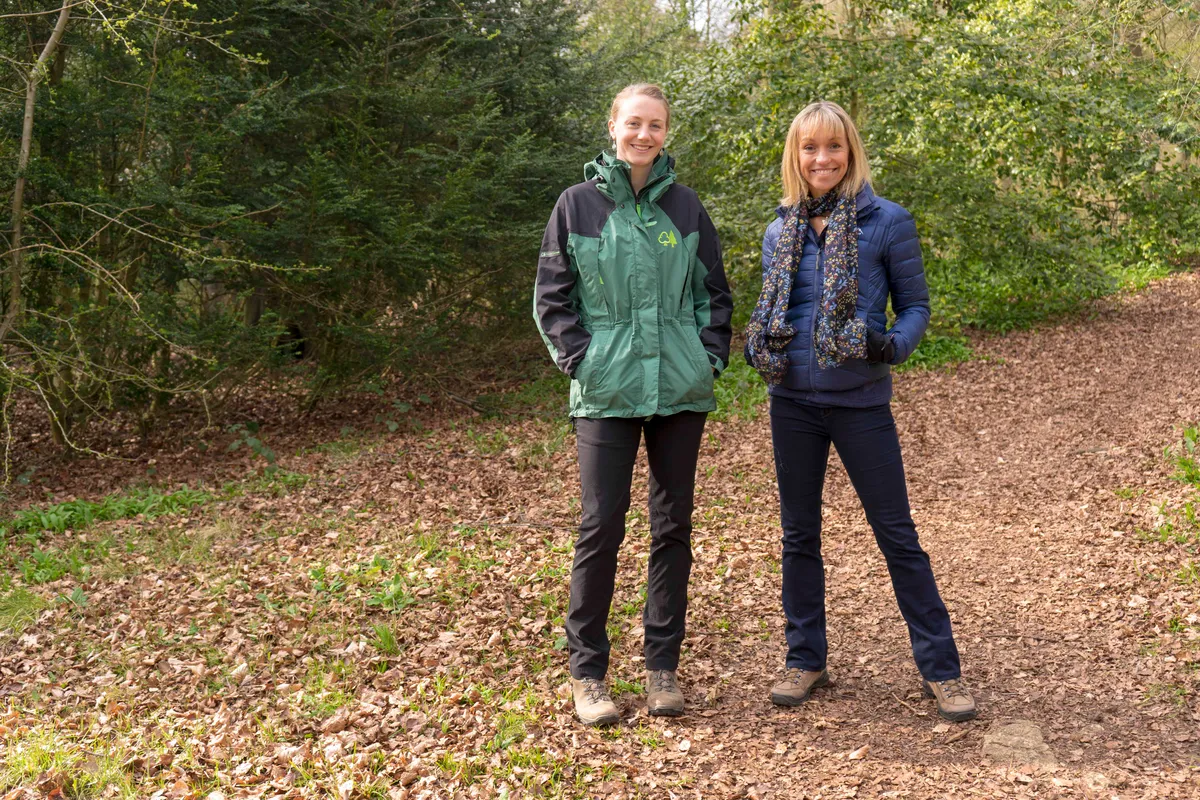
The centenary year is also being marked by the planting of commemorative tree avenues, a show garden at the RHS Chelsea Flower Show, and new works by sculptor Rachel Whiteread and poet laureate Carol Ann Duffy.
10 species to look out for
1
Nightjar

A summer visitor to the UK. Nightjars are nocturnal birds, and can be seen hunting for insects at dawn and dusk. Listen out for the male's churring song.
2
White admiral butterfly
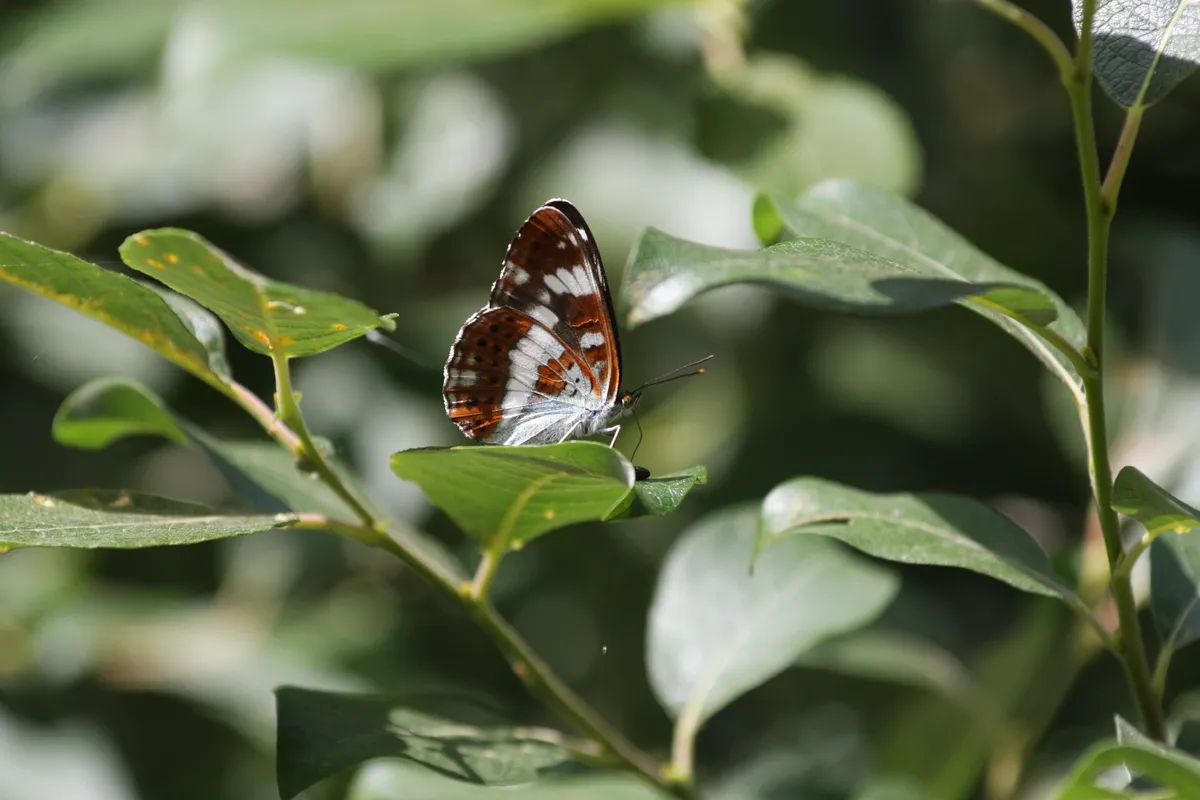
Widespread in woodlands southern England, the white admiral butterfly has black wings with a white band. It can be confused with the slightly larger purple emperor butterfly.
3
Dark bush-cricket
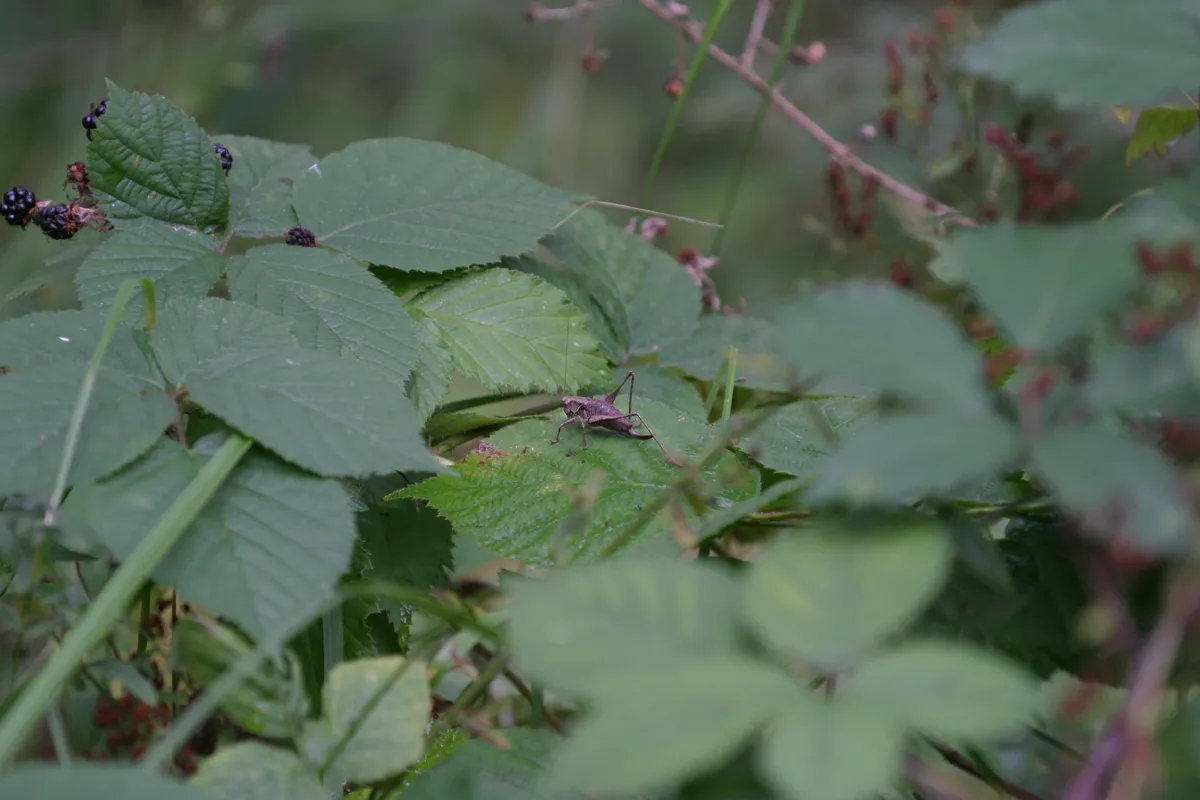
The dark bush-cricket is common across southern England and Wales, and can often be heard singing among the vegetation.
4
Common lizard

One of our three native lizards, the common lizard can be variable in colour. It is widespread across the UK, and is the only reptile native to Ireland.
5
Cuckoo

With its distinctive call, the cuckoo is a well-known but declining bird. The cuckoo eats insects, especially hairy caterpillars. The adults are only brief visitors to the UK, arriving in late March or April and usually departing in July or August.
6
Wasp spider

Named for its remarkable colouration, the wasp spider is an introduced species which is found in southern Europe and is gradually spreading north. The spider in the picture above is the female, as the male is much smaller and is pale brown.
7
Red kite
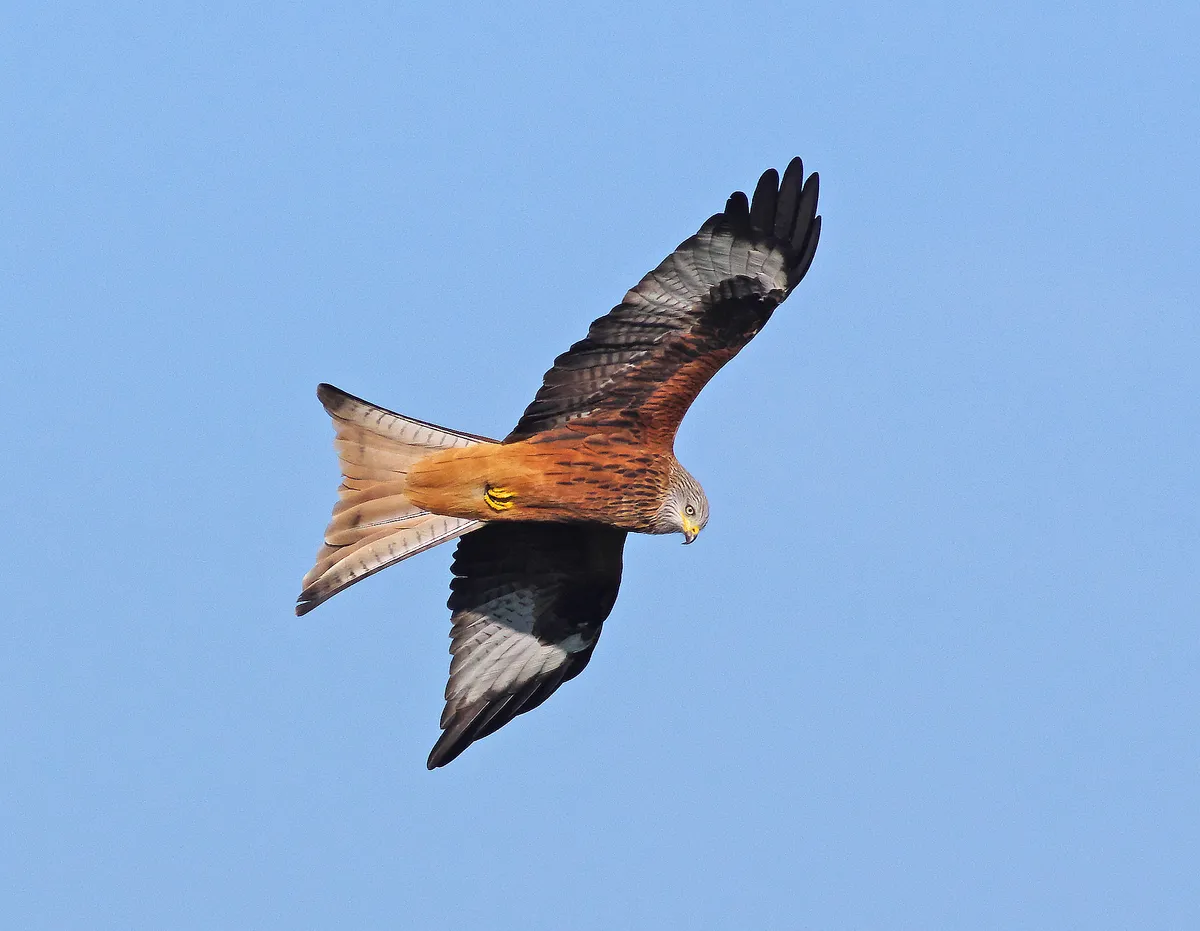
The red kite almost became extinct in the UK due to persecution from humans, however legal protection and reintroduction programmes have proved successful and the red kite is a common sight in some areas, including Wales, the Chilterns, and the East Midlands.
8
Chanterelle

An exotic-looking mushroom, the chanterelle is a wild mushroom that can grow up to 12cm in diameter.
9
Adder

The adder is the UK's only native venomous snake, however its bite is rarely fatal and most bites occur when a snake has been disturbed or antagonised.
10
Muntjac deer

Introduced to the UK from China in the 20th century, the muntjac deer is widespread in southern England and is spreading northwards. It can cause damage to woodlands through its extensive browsing.
